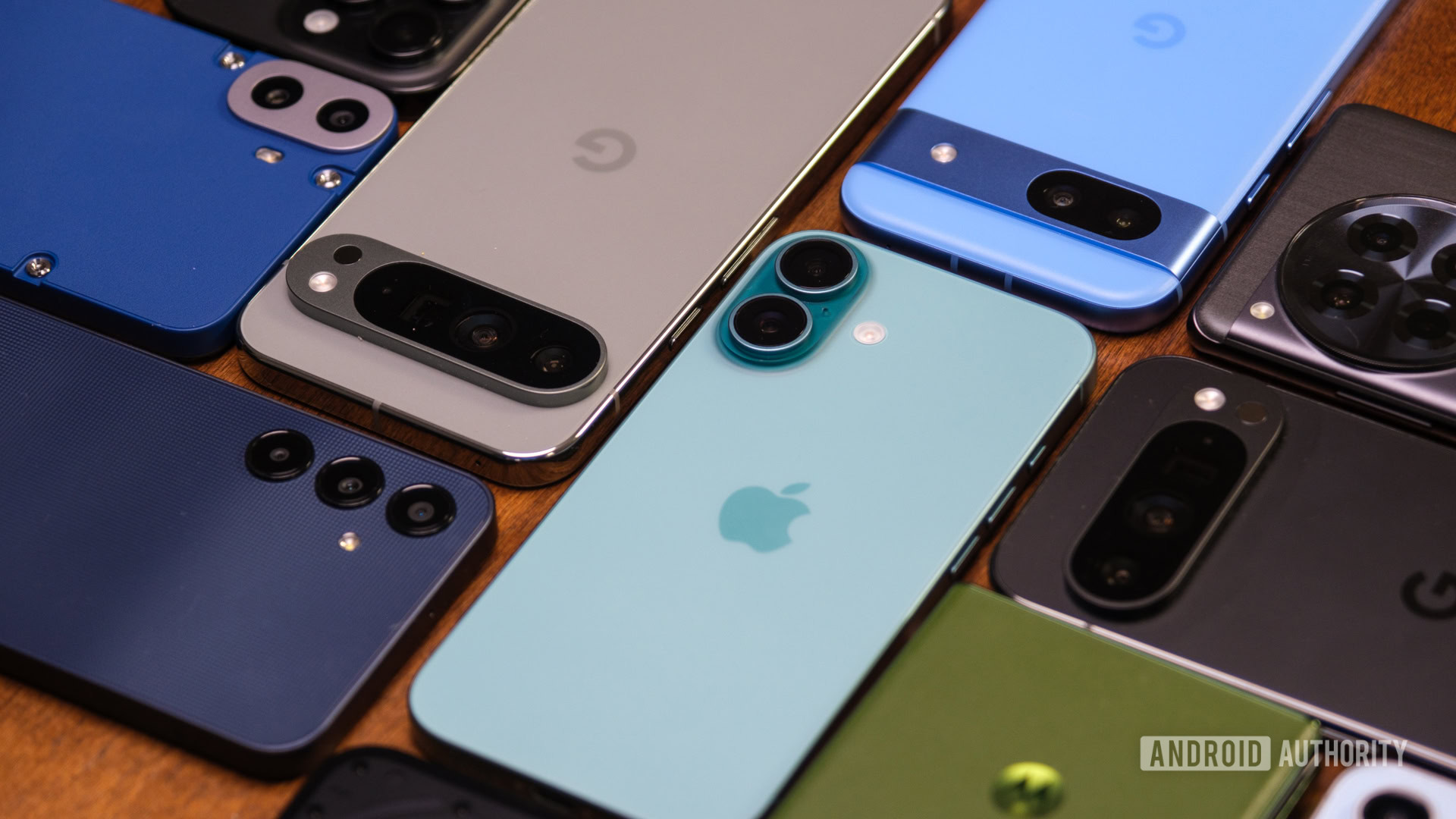
Apple now has to become more like Android, and the company hates it
- 19.03.2025 19:10
- androidauthority.com
- Keywords: Apple, Android
The EU is forcing Apple to make its ecosystem more open by allowing third-party smartwatches and apps greater access to iPhone features under the Digital Markets Act. These changes aim to bring iOS functionality closer to Android’s openness, which Apple strongly opposes.